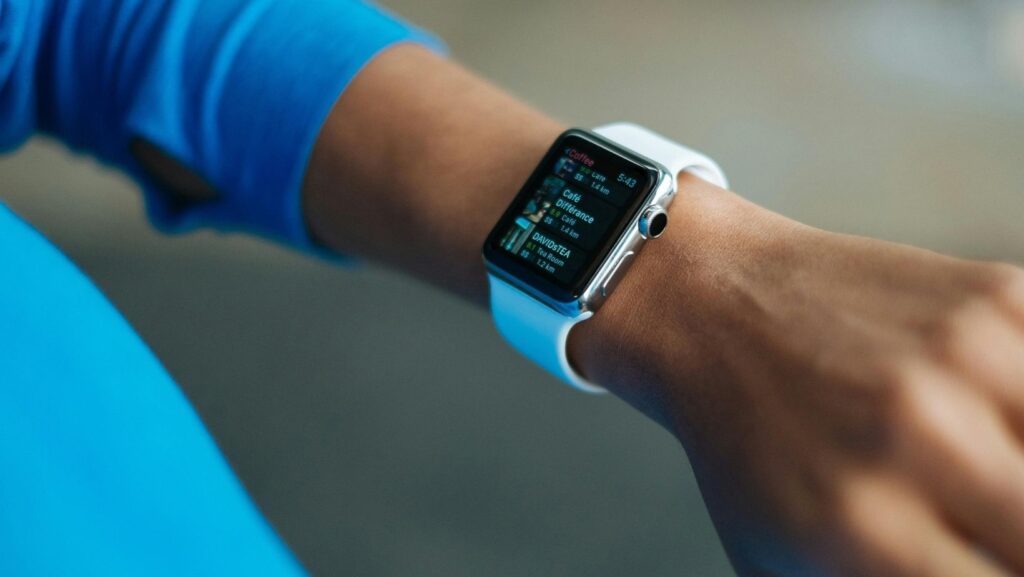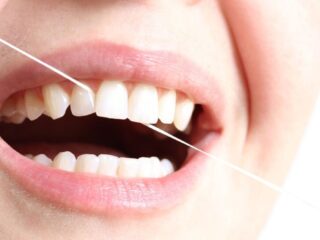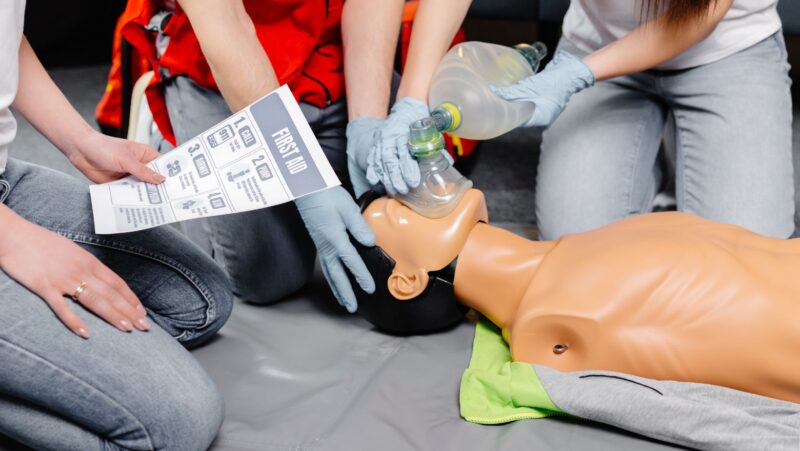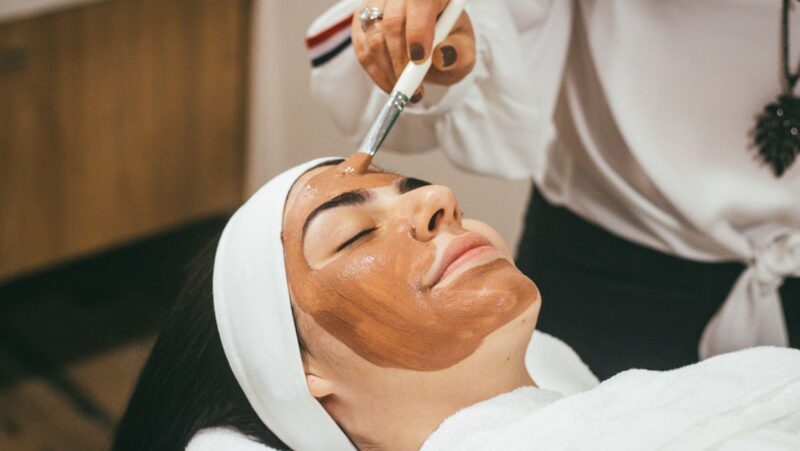
Remember when fitness trackers were just glorified pedometers? Those days feel like ancient history now. Today’s wearable health devices can detect COVID-19 with 87.54% accuracy and identify irregular heartbeats before you even notice symptoms. We’re witnessing something profound here—the transformation of your wrist into a comprehensive health monitoring station.
First Line of Health Defense
This shift isn’t happening in some distant future. It’s unfolding right now, driven by three compelling developments that’ll reshape how you think about personal healthcare. First, we’re seeing explosive market growth that reflects genuine value creation—30% of U.S. adults now wear these devices, with nearly half using them daily. Second, consumer devices have quietly surpassed research-grade equipment in accuracy, turning skeptics into believers. Third, the healthcare system is embracing this technology, with over 82% of users willing to share their data with doctors. Healthcare professionals are taking notice too—advanced nursing programs, including those offering an MSN FNP degree online, are increasingly incorporating wearable health technology into their curricula as future family nurse practitioners prepare to work with patients who arrive with continuous streams of health data.
From Step Counters to Health Guardians
The numbers tell a remarkable story. The global wearable healthcare market jumped from $51.93 billion in 2024 to an expected $65.22 billion this year. By 2033? We’re looking at $403.66 billion. That’s a compound annual growth rate of 25.59%—the kind of sustained expansion that signals real innovation, not just hype.
But here’s what’s truly interesting: 47.33% of users check their devices daily, with another 24.85% checking almost every day. That level of engagement suggests these aren’t sitting in drawers gathering dust after the initial novelty wears off.
The demographic patterns reveal something worth noting. Women are 26% more likely to adopt wearable health tech than men—a trend that makes sense when you consider women typically take more proactive approaches to health monitoring. The primary user base includes white individuals, adults aged 18-50, college-educated people, and households earning over $75,000 annually. Yet adoption drops significantly after age 50, suggesting there’s still work to be done in making these devices accessible across all demographics.
Precision Meets Practicality
Here’s where things get genuinely impressive. Consumer wearables now outperform research-grade devices in accuracy during both rest and activity. Let that sink in for a moment. The device on your wrist is more accurate than equipment designed specifically for clinical research.
During rest, consumer wearables show a mean absolute error of 7.2 ± 5.4 beats per minute, while research-grade devices exhibit 13.9 ± 7.8 bpm. The Apple Watch 4 leads the pack with remarkable precision: just 4.4 bpm error at rest and 4.6 bpm during activity. Physical activity does increase error rates by approximately 30% across all devices, but even then, the measurements remain clinically useful.
The diagnostic capabilities are where things become truly compelling. For COVID-19 detection, devices achieve 80.15% area under the curve with 87.54% accuracy and 79.53% sensitivity. Atrial fibrillation detection shows even more promise, with high sensitivity and specificity for identifying cardiac arrhythmias—potentially life-saving information that arrives on your wrist before symptoms appear.
Your Doctor’s New Digital Assistant
The healthcare integration story is unfolding faster than expected. With 82.38% of users willing to share their wearable data with healthcare providers, we’re seeing the foundation for a new model of continuous care rather than episodic treatment.
Current regulatory frameworks classify most wearable health devices as “moderate-risk” medical devices requiring FDA clearance rather than full approval. Less than 5% of medical devices face high-risk classification requiring extensive clinical trials. This regulatory pathway enables innovation while maintaining safety standards—a balance that’s proving effective.
The shift toward medical-grade capabilities is accelerating. Cuffless blood pressure monitoring eliminates traditional arm cuffs through advanced sensors and algorithms. Devices now track body temperature, hydration levels, and biomarkers in sweat. Smart rings offer discrete alternatives to smartwatches, with plans to incorporate blood pressure, hydration, and glucose monitoring despite their smaller form factor limitations.
What’s particularly encouraging is how this technology democratizes access to health monitoring. Advanced cardiac rhythm analysis, once available only in clinical settings, now happens continuously on your wrist. Sleep study insights, previously requiring expensive overnight lab visits, arrive through your nightly wear patterns.
The Personal Health Revolution
We’re at an inflection point where consumer wearables are transitioning from gadgets to genuine healthcare tools. The convergence of mass adoption, proven accuracy, and healthcare system integration creates possibilities that seemed impossible just a few years ago.
Complete body scanning technology is becoming commonplace, moving from just measuring basic vital signs to now having the capability to track cardiovascular health, nerve activity, and body composition. At CES 2025, consumers no longer received wearables tracking steps with basic health data, instead they received wearables that track medical grade health data. It is clear that as the consumer desire for data grows, companies need to design for health insight beyond basic needs.
Just think about what that means for preventive care. Instead of identifying a health issue when you visit the doctor for the annual physical, you can identify with monitoring when it is less serious to intervene. Your wearable is not just counting steps, it can protect your health.
The democratization of health tracking can be argued as the biggest shift. Real medical insights are arriving on your wrist instead of a doctor’s office to exclude you from a clinical setting. This democratization displaces the normal patient/provider relationship, reframing people from patients to wellness customers.
The future looks remarkably bright. As accuracy improves and capabilities expand, these devices will become even more integral to healthcare delivery. We’re not just witnessing technological advancement—we’re experiencing the birth of truly personal healthcare, where your daily companion becomes your health guardian.














